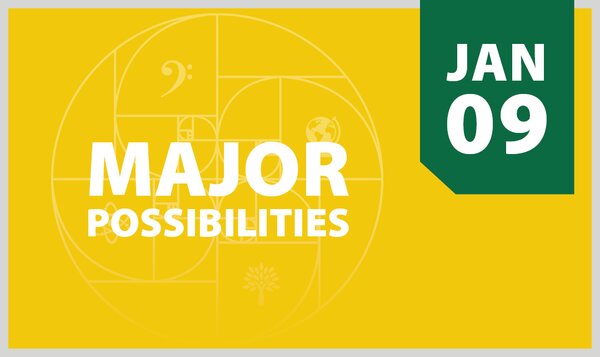
Health studies students examine pandemic through interdisciplinary perspectives
Works of art created by the students for a class assignment, depicting their personal reflections on life during the pandemic, are set to be published in upcoming issues of the Canadian Medical Education Journal (CMEJ)
By Shannon Boklaschuk
A unique University of Saskatchewan (USask) course that combined art and science to examine the impacts of COVID-19 has been described by undergraduate students as one of their favourite classes to date.
Health Studies (HLST) 310.3: Theories and Applications, which was offered in Term 1, addressed the global health crisis through a wide variety of projects and perspectives. Although the class concluded at the end of 2020, its impact will continue in 2021; for example, works of art created by the students for a class assignment, depicting their personal reflections on life during the pandemic, are set to be published in upcoming issues of the Canadian Medical Education Journal (CMEJ).
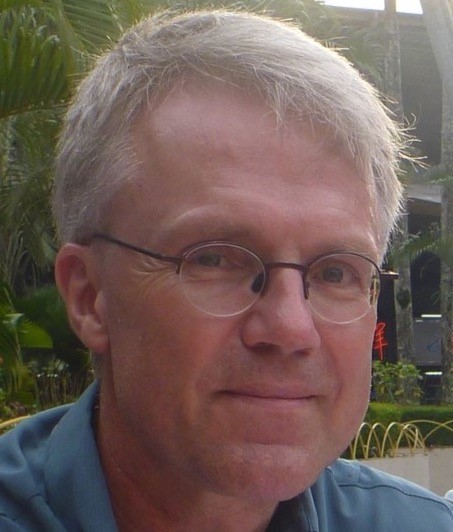
The HLST 310 course was taught by Dr. Ulrich Teucher (PhD), a faculty member in the Department of Psychology in USask’s College of Arts and Science, as part of several health studies courses that he teaches with his colleague, Dr. Marla Mickleborough (PhD). Teucher noted that because health studies is an interdisciplinary undergraduate program that combines the sciences, social sciences, humanities, and fine arts—ultimately leading to a Bachelor of Arts and Science (BA&Sc) degree—it was fitting, and essential, to bring interdisciplinary knowledge into the class.
While HLST 310 is a core course that is taught each year, Teucher altered the course outline for fall 2020 to focus on the pandemic. The class material was designed to show students how different disciplines can complement each other to provide a deeper understanding of the health crisis, and how various theories and methods can be combined for future research projects. “The objective of the course has always been to find the bridge where students could combine what they had learned in theory, and in terms of methods, with practical projects,” he said.
Teucher said post-secondary students, like so many citizens around the globe, have experienced many challenges during the pandemic, including loss, illness, isolation, and loneliness. And, like so many others, they are also trying to navigate the unprecedented time in recent history in an increasingly online environment.
At USask, course delivery continues to be offered primarily through remote online learning, with extremely limited in-person instruction, to protect the health and safety of students, faculty, and staff. As a result, the HLST 310 class was taught synchronously through Zoom technology, which enabled students to gather virtually in small breakout groups to get to know each other and to build community.
Since different people experience and analyze the pandemic in different ways, Teucher invited diverse guest speakers to the class to discuss the effects of the coronavirus on people’s bodies, minds, social interactions, and spiritual lives. The speakers included USask scholars from various disciplines as well as people working in emergency services in Saskatoon and at organizations located in the city’s core neighbourhoods. They talked to the students about the pandemic in relation to history; virology; the immune system; vaccine development; the respiratory tract; self-expression; conspiracy theories; addictions; food insecurity; masks; sex, dating, and relationships; mourning and loss; and the care of older adults, dementia, and mental health.
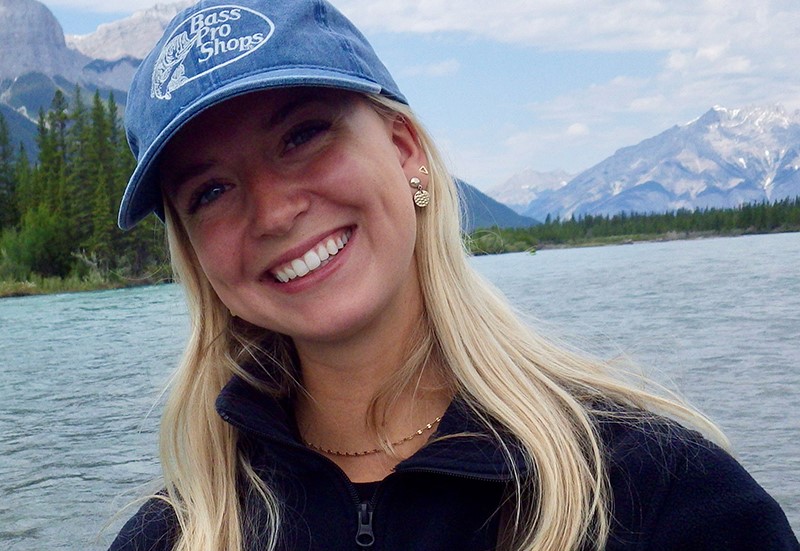
“At first I was nervous to be hearing about COVID-19 non-stop, as that is often all we hear about these days,” said Effie Kosmas, a fourth-year health studies student. “However, HLST 310 delivered information on COVID-19 in such informative ways that I never felt too overwhelmed or worried by the material. We learned about COVID-19 in regard to how it has been impacting different demographics of people in Saskatchewan through Dr. Teucher’s teachings and through an array of wonderful guest speakers, who were highly knowledgeable on their subjects.”
Lauren Weisgerber, a health studies student in her third year of studies, described the course as “unique” and said she particularly appreciated how interactive it was.
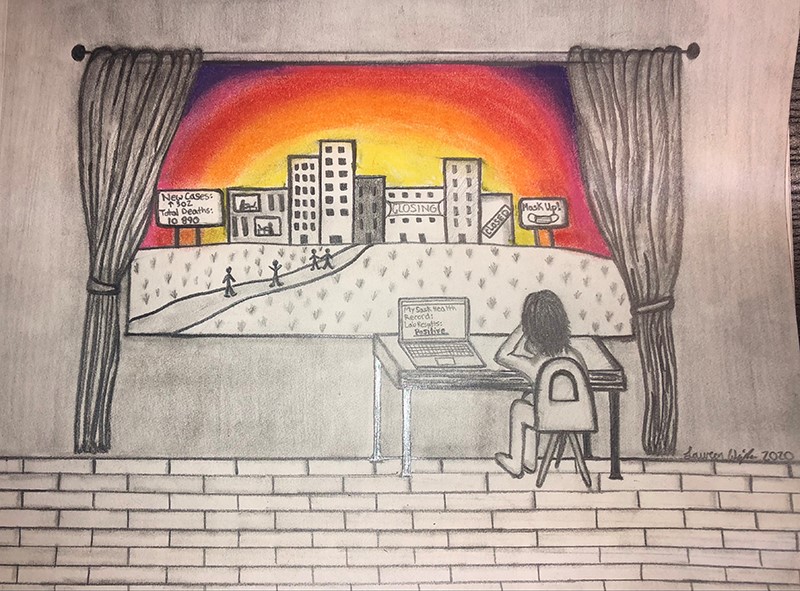
“We had guest lecturers almost every class presenting on their area of expertise and how it has been affected by the pandemic,” she said. “In our pandemic expression assignment, we were given a topic related to the pandemic, such as pandemic and education, to act out in different poses to tell a story of how we perceived the pandemic to have affected that aspect of society. Our assignments involved a deeper thinking and understanding of the issues that have risen out of the pandemic.”
Another key assignment in the course involved choosing or creating an image and writing a short essay to accompany it. The students’ photos, paintings, collages, graphics, and drawings were intended to reflect their own life experiences, particularly around health and wellbeing, during the pandemic. The visual impressions assignment demonstrated the stress that some students are feeling, said Teucher.
“I must say I wasn’t prepared for the personal nature of many of the responses that came,” he said. “It was so personal and heart-breaking at times.”
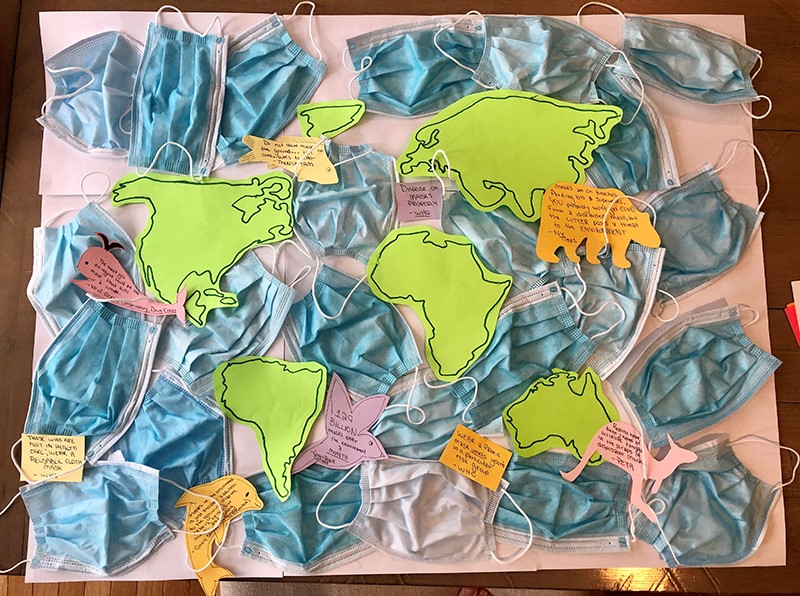
Valiyah Khurshid, another student in the class, created a watercolour painting to illustrate how many Canadians are struggling to cope. The lopsided buildings in her artwork “represent how community institutions have faced permanent enduring damage during COVID-19, causing serious widespread repercussions,” she wrote in her essay, while “the inclusion of a collapsing hospital represents the stress on the health-care system and workers.”
“Various ethnicities are represented to showcase multiculturalism and to display that the virus is non-discriminatory. However, the effects of COVID-19 have been disproportionately detrimental to some minority populations,” Khurshid wrote. “Belonging to an immigrant family, I am especially concerned about the devastating effects the pandemic may cause to vulnerable communities. Thus, some buildings are kept empty to represent neighbourhoods where the effects of the pandemic are significant but are often overlooked.”
A piece of art created by Kosmas, featuring disposable masks scattered amongst geography and wildlife, reflected her concerns as a self-described “environmental enthusiast.” She had read that 75 per cent of used masks were ending up in oceans and landfills, so she decided to create a collage using the single-use masks she was required to wear during a two-month period at her part-time job. Although she describes masks as “essential” during the pandemic, Kosmas is also concerned about the health of the planet.
“Each time I walk around Saskatoon, I see masks strewn everywhere. The notion of masks damaging the ecosystems that I love is exasperating, as it is yet another one of the factors regarding COVID-19 that is beyond my control,” she said.

Through her artwork, Weisgerber aimed to show how lonely and isolated life has become. However, she also wanted to portray “that even though life has changed for the worst and there is a lot of uncertainty surrounding the pandemic, we have to stay optimistic and look forward to the happier times that lie ahead when we reach the end of the pandemic,” she said.
Both Kosmas and Weisgerber valued their time in HLST 310, describing it as one of the best courses they have taken. They encourage other USask students to consider health studies as an option, with Weisgerber describing the interdisciplinary program as providing “a well-rounded degree.”
“This program was interesting, unique, and exposed me to such a variety of classes that I would not have had the opportunity to take if I was in a strictly arts or science degree program,” said Kosmas, who is set to graduate from USask this spring. “I think that for anyone pursuing any kind of career in health, it is important to have a balance of knowledge between science and social factors, as you truly cannot understand one without having an equal understanding of the other.”


